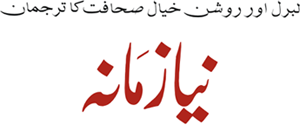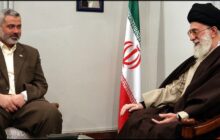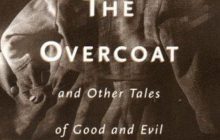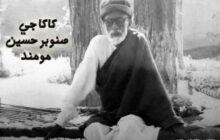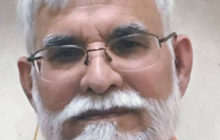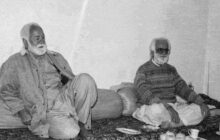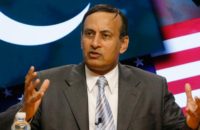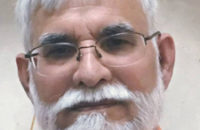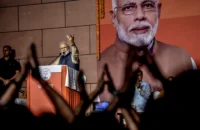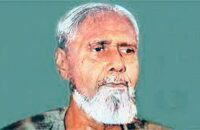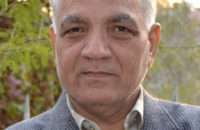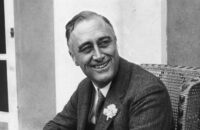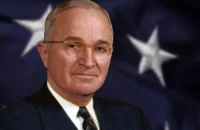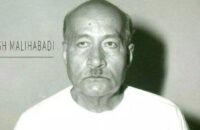By Husain Haqqani, The Wall Street Journal
Tuesday’s terrorist attack in New York City, committed by an immigrant from Uzbekistan, is a reminder that radical political Islam won’t end with the recent defeat of Islamic State in Raqqa.
Just as the fall of the Taliban in Afghanistan soon after 9/11 did not mark the end of al Qaeda, extremist forces in the Muslim world will continue to resuscitate themselves in other forms, in other theaters. If al Qaeda was Jihad 1.0 in our era, and ISIS was Jihad 2.0, we should now prepare for Jihad 3.0. Islamism will continue to be a U.S. national-security concern for years to come.
The New York attacker, Sayfullo Saipov, did not match the standard profile of a jihadi terrorist. He was likely self-radicalized, did not overtly belong to a major terrorist group, and would not have been denied entry under President Trump’s “travel ban” due to his country of origin.
In trying to re-create an Islamic state, radical Islamists draw inspiration from 14 centuries of history. It is important to understand the various Muslim “revivalist” movements, involving various degrees of violence and challenges to the global order of the time. Contemporary radicals often reach into the past to find models for organization and mobilization
It is not a coincidence that al Qaeda (literally “the base”) tried to establish itself first in Sudan before finding a home in Afghanistan. Both Sudan and the Afghanistan-Pakistan border region had experienced jihad against European powers resulting in short-lived Islamic states in relatively recent times.
ISIS’ choice of Syria and Iraq to declare a caliphate was also a function of the Islamist reverence for historic precedents. Damascus was the capital of the Umayyad Caliphate (661-750), and Baghdad was the base of the Abbasid Caliphate (750-1258).
In Sudan, Muhammad Ahmad declared himself Mahdi (“the reviver”) and established an unrecognized state from 1885-99 before being defeated by the British. The Mahdists terrorized locals, persecuted religious minorities (notably Coptic Christians), revived the slave trade, and challenged Egypt and its protector, Britain. The death of the movement’s founder in 1885 did not mark the end of jihad.
Eventually, the British defeated the Mahdists militarily with an Anglo-Egyptian force. They also used traditional religious and tribal structures and institutions to challenge Mahdist ideology. Today the Mahdists exist as a Sufi order rather than an extremist group.
Similarly, the Afghanistan-Pakistan border area became the base for the jihad movement of Syed Ahmed Barelvi in 1826. Just as Osama bin Laden moved from Saudi Arabia, giving up a comfortable life, Syed Ahmed came from northeastern Indian nobility. He mobilized funds throughout the subcontinent, moved it through the hawala system, and bought arms to use against the British-aligned Sikh empire along the border of modern-day Afghanistan.
Although he was killed in 1831, ending his short-lived Islamic state, Syed Ahmed’s followers continued their random stabbing campaign against the British for another 70 years. Driving cars or trucks into crowds is today’s equivalent of that terrorist campaign.
Eventually, the British deployed military and intelligence means to defeat the jihadists. They also discredited the terrorists’ beliefs by supporting Muslim leaders who opposed radical ideas.
In the Middle East, the Ottoman Empire had less success in dealing with the Wahhabis, who fought the empire for control over the Arabian Peninsula through much of the 19th century. After creating the modern state of Saudi Arabia in 1932, the Wahhabis modified their approach to international relations, though not their theology. Al Qaeda and ISIS manifest the more radical beliefs of the Wahhabis and, though opposed by the modern state of Saudi Arabia, can be construed as a continuation of their Wahhabi teaching.
The U.S. is not capable of whole-scale changes to Islamic theology, nor is it in America’s purview. And portraying the contemporary struggle as a battle with Islam risks making the world’s Muslim population—1.8 billion people—Islamic State’s recruiting pool.
Islam means different things to different people and has been practiced in many ways among various sects across the world and throughout time. The doctrine of jihad is open to interpretation, much like the Christian notion of “just war.” Muslims who consider Islam a religion, not a political ideology, and who pursue piety, not conquest, remain important partners for the U.S.
The U.S. must re-evaluate its alliances in the Muslim world based on whether or not partners encourage extremism. Saudi Arabia’s recent avowal to teach moderation in religion, emulating the United Arab Emirates’ campaign against radical Islamism, deserves American support, as does Morocco’s decision to work with the Holocaust Memorial Museum to educate its people about the Holocaust and teach tolerance.
On the other hand, Qatar’s support of the Muslim Brotherhood and Turkey’s decision to include jihadi teachings in its school curriculum indicate their support of radicalism.
Above all, the U.S. must focus on defeating radical Islamist ideology, not just its periodic manifestation in terrorist attacks.
Mr. Haqqani, director for South and Central Asia at the Hudson Institute in Washington, D.C., was Pakistan’s ambassador to the U.S., 2008-11.
